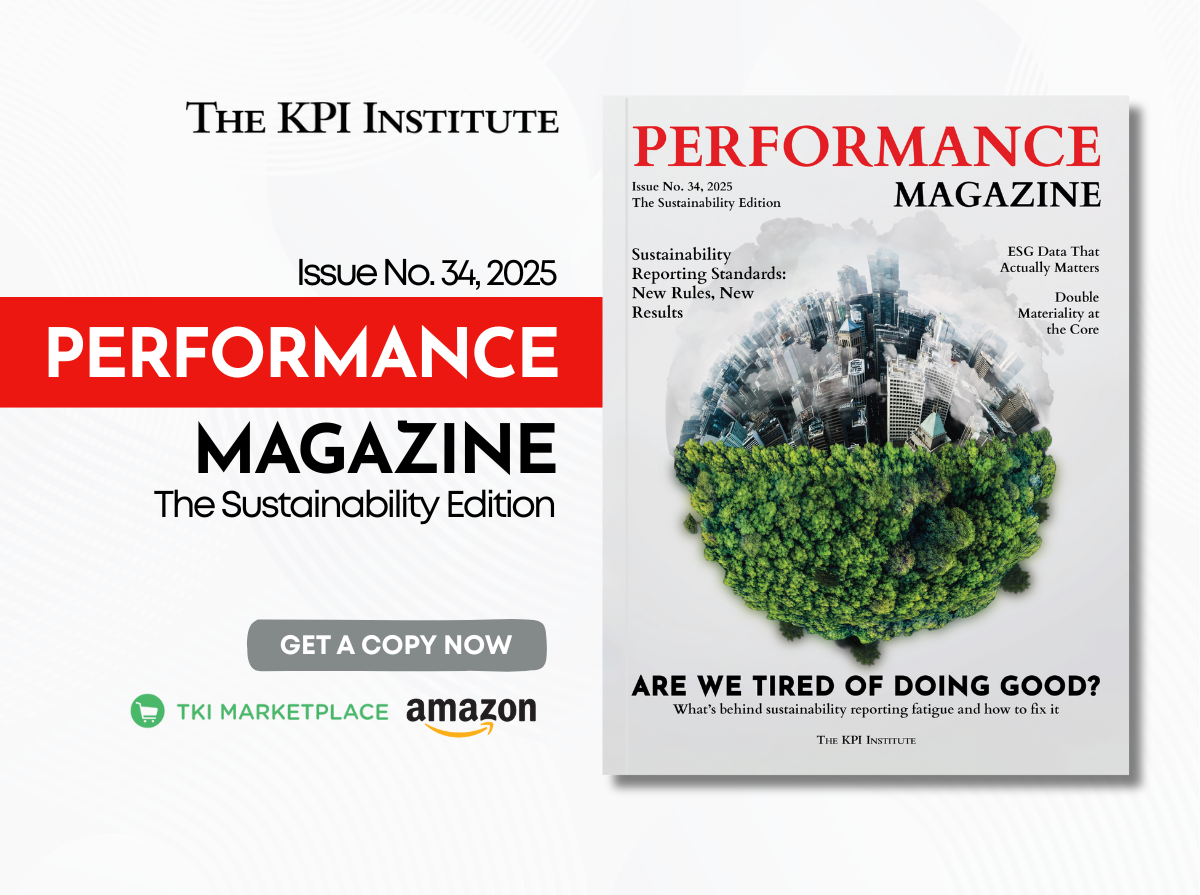Can Your Favorite Restaurants Recover From the Pandemic? See New Reports

Online ordering, digital payments, the rising demand for plant-based items and sustainable packaging, and preference for alcohol-to-go and outdoor dining are just some of the trends that restaurants are adjusting to.
While consumer behavior and dining preferences have changed due to the COVID-19 pandemic, the restaurant industry sees a glimmer of hope. Sales are expected to increase from $864 billion in 2019 to $898 billions this year, according to the National Restaurant Association’s 2022 State of the Restaurant Industry Report. Meanwhile, the foodservice industry is predicted to generate 400,000 jobs, for total industry employment of 14.9M before the year ends.
However, Hudson Riehle, senior vice president of the Research and Knowledge Group at the National Restaurant Association, emphasized that the restaurant industry may never completely return to its pre-pandemic state.
Over half of restaurant operators believe that the return to normalcy would take a year or more. Restaurants are still grappling with employee retention and recruitment, food, labor, and occupancy costs, and supply delays or shortages of key food or beverage products.
“We still have work to do to ensure that those operators struggling the most can survive. The Association will continue to champion the necessary government support needed at the federal and local levels to help keep these businesses — cornerstones of our communities — on a path to better days,” said Marvin Irby, Interim President & CEO of the National Restaurant Association.
What Can Restaurants Do
Use data to adapt to changes. The NPD Group recommends studying restaurant visits each daypart–morning meal, lunch, dinner, and P.M. Snack–and adjusting operations according to the behavior and motivations of diners. “The ability for restaurants, particularly full-service restaurants, to operate at total capacity, consumer comfort with dining in, and more business and recreational travel will aid recovery at the dinner daypart,” NPD states.
Exceed expectations to retain customers. Heleri Rande, a partner at Think Hospitality, a Florida-based real estate development and hospitality company, believes that restaurants should go beyond their usual services. They can add special touches like recipe boxes and contactless drop-off. She also suggests upselling “sides, bottles of wine, and desserts” and encouraging customers to buy gift vouchers.
Track performance using KPIs. During uncertain times, every business decision is critical. Understanding where a restaurant has potential or needs improvement can help owners develop and implement a customer-focused strategy. This is only possible when they have the data to support their decisions.
The KPI Institute released The Top 25 Restaurant KPIs – 2020 Extended Edition, which compiles the most popular 25 KPIs used by food and beverage units worldwide throughout 2016 and 2020. The 25 restaurant KPIs identified are categorized into six divisions:
- Restaurant Financials – Incorporate the sales generated by the business from different perspectives and the investments made for its functionality
- Service Quality – Refers to issues that influence customer’s satisfaction, such as unavailability of menu items or service diversity
- Customer Feedback – Offers information regarding the customers’ assessment of the restaurant as an indicator of their satisfaction and loyalty
- Restaurant Occupancy – Represents the attraction of customers and the capacity at which the restaurant operates
- Restaurant Workload – Reflects on the intensity of the restaurant’s activity and the impact of peak periods on employees
- Restaurant Governance – Indicates the principles and practices that guide the decisions of the restaurant’s management
Discover the 25 most popular restaurant KPIs today and read each of their profiles, all packed with exclusive in-practice recommendations. Download The Top 25 Restaurant KPIs – 2020 Extended Edition now!








